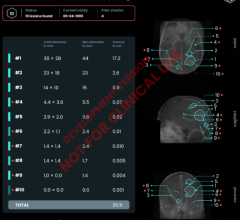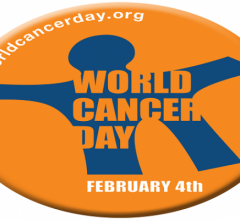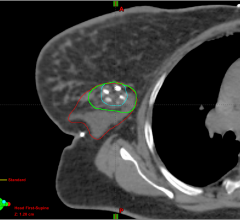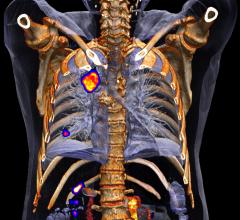Researchers who thought they had identified the bacterial perpetrator of the often severe disease caused by community-associated methicillin-resistant Staphylococcus aureus (CA-MRSA) had better keep looking: Scientists at the National Institute of Allergy and Infectious Diseases (NIAID), part of the National Institutes of Health, have exonerated a toxin widely thought to be the guilty party.
Panton-Valentine leukocidin (PVL) is one of many toxins associated with S. aureus infection. Because it can be found in virtually all CA-MRSA strains that cause soft-tissue infections, several research groups previously have proposed that PVL is the key virulence factor.
But new evidence strongly suggests that is not the case. A study led by NIAID researchers at Rocky Mountain Laboratories (RML) in Hamilton, MT, shows that the two major epidemic CA-MRSA strains and the same strains with PVL removed are equally effective at destroying human white blood cells — the primary defense against bacterial infections — and spreading disease. The findings, which appear online in The Journal of Infectious Diseases, are surprising because many scientists had presumed that CA-MRSA uses PVL to target and kill specific white blood cells known as neutrophils.
"The Staphylococcus aureus bacterium is a growing global public health menace because of its rapid spread from hospital settings into communities of healthy people," says NIAID Director Anthony S. Fauci, M.D. "This is an evolving pathogen that in recent decades has developed resistance to common medical treatments and now is finding new mechanisms to spread and cause severe illness."
About 75 percent of CA-MRSA infections are localized to skin and soft tissue and usually can be treated effectively. CA-MRSA strains have enhanced virulence, meaning they can infect otherwise healthy people. One of the biggest problems with CA-MRSA skin infections is that they spread rapidly and have the potential to cause illness much more severe than traditional hospital-associated MRSA infections, where PVL is less common. These life-threatening infections can affect vital organs and lead to widespread infection (sepsis), toxic shock syndrome and flesh-eating pneumonia. It is not known why some healthy people develop CA-MRSA skin infections that are treatable whereas others infected with the same strain develop severe infections or die.
Scientists had recognized a connection between MRSA strains that contain PVL and the increased occurrence and severity of CA-MRSA disease, though no one had directly tested the role of PVL in CA-MRSA virulence. In striving to learn more about CA-MRSA, the RML scientists, with their colleagues at the International Center for Public Health (ICPH) in Newark, NJ, and the Université Claude Bernard in Lyon, France, decided to test the PVL virulence theory, thinking that if they could understand the role of this toxin in disease, they could more quickly diagnose serious cases and develop effective treatments.
In addition to observing the destruction of human white blood cells regardless of whether PVL was present, the researchers also used mouse models to learn that CA-MRSA strains are just as pathogenic with or without PVL present. These findings were seen in tests with mice that displayed skin and soft-tissue infection and bacterial sepsis.
"The strains were just as deadly with or without the PVL toxin," says lead investigator Frank DeLeo, Ph.D., of RML. "Unexpectedly, the average abscess volume in mice infected with strains absent the PVL was slightly greater than those containing the toxin. The strong association between PVL and CA-MRSA makes the toxin an excellent marker to track community strains, but the assumption that it is the major virulence determinant driving this epidemic is simply not true."
These findings are significant because some infectious disease physicians who treat MRSA patients had begun questioning whether PVL truly led to severe illness, says Barry Kreiswirth, Ph.D., study co-author and a leading staphylococcal epidemiologist from ICPH in Newark. He adds, "We routinely receive calls from clinical microbiology laboratories asking to test for the presence of PVL, and it is hard to dissuade them that the PVL results will not affect patient care. Hopefully, the robust and contrary findings in our study provide the experimental evidence to convince the staphylococcal researchers and clinicians that PVL is not a significant virulence factor."
Next, Dr. DeLeo says his group will shift away from PVL and try to determine exactly which toxin or other mechanism in S. aureus kills white blood cells and allows the spread of CA-MRSA infection.
NIAID is a component of the National Institutes of Health. NIAID supports basic and applied research to prevent, diagnose and treat infectious diseases such as HIV/AIDS and other sexually transmitted infections, influenza, tuberculosis, malaria and illness from potential agents of bioterrorism. NIAID also supports research on basic immunology, transplantation and immune-related disorders, including autoimmune diseases, asthma and allergies.


 September 04, 2025
September 04, 2025 








